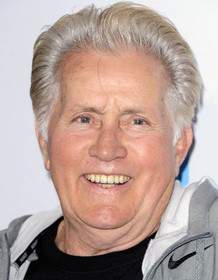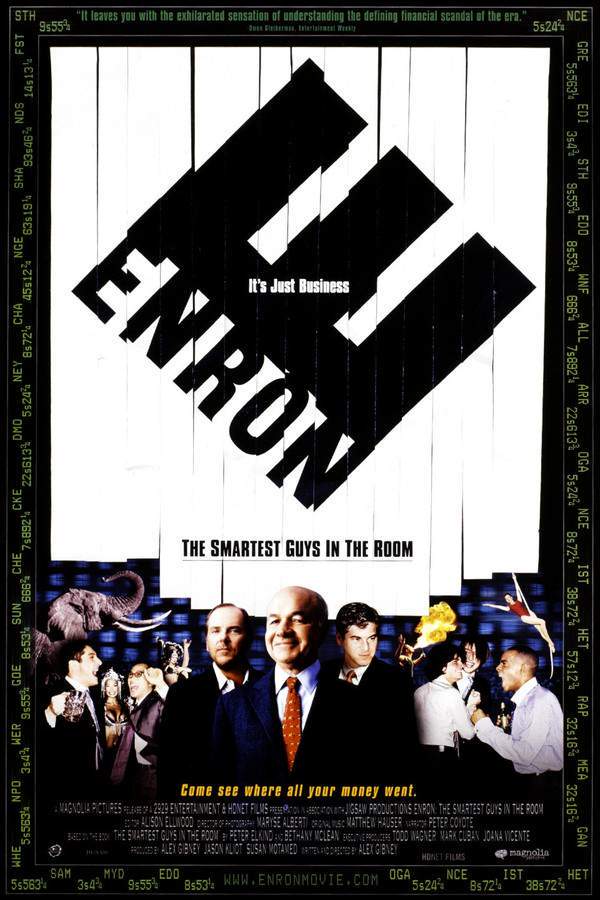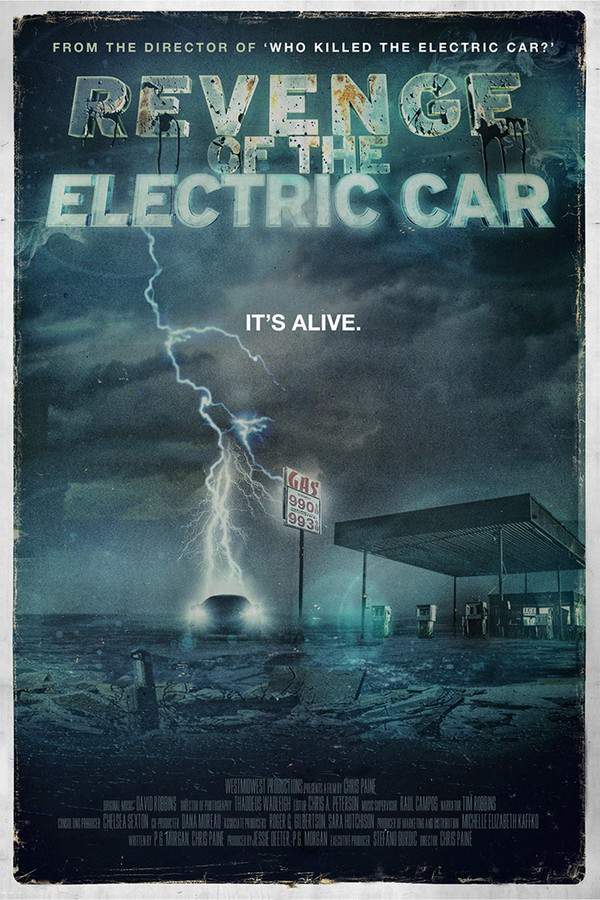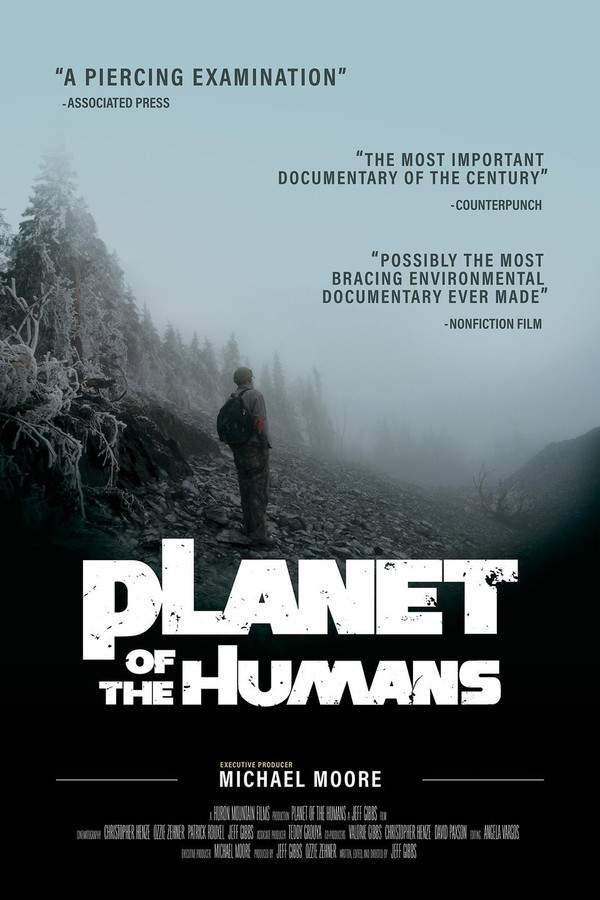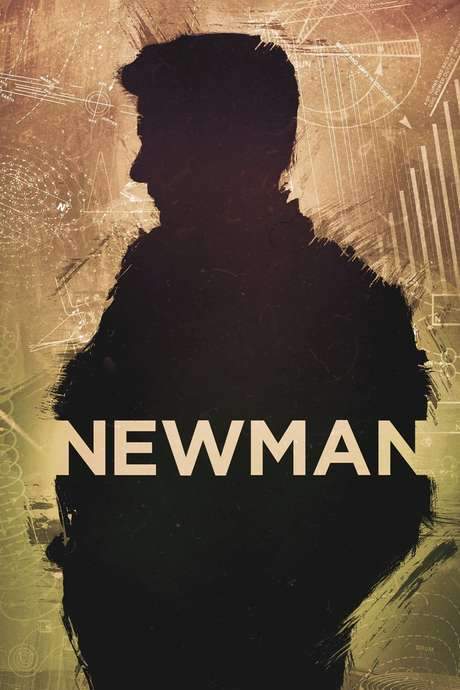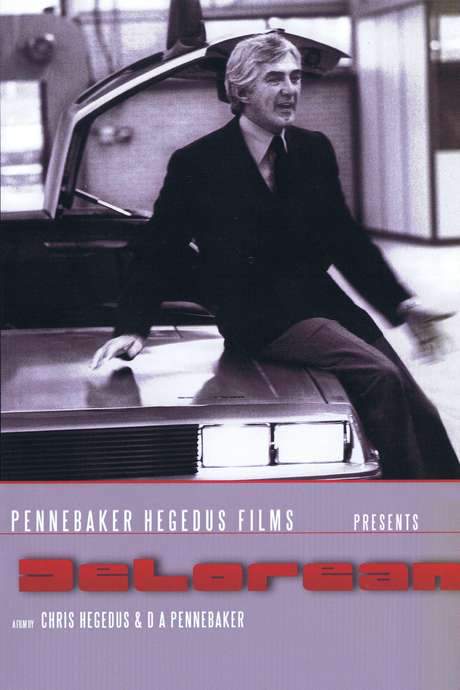Who Killed the Electric Car? 2006
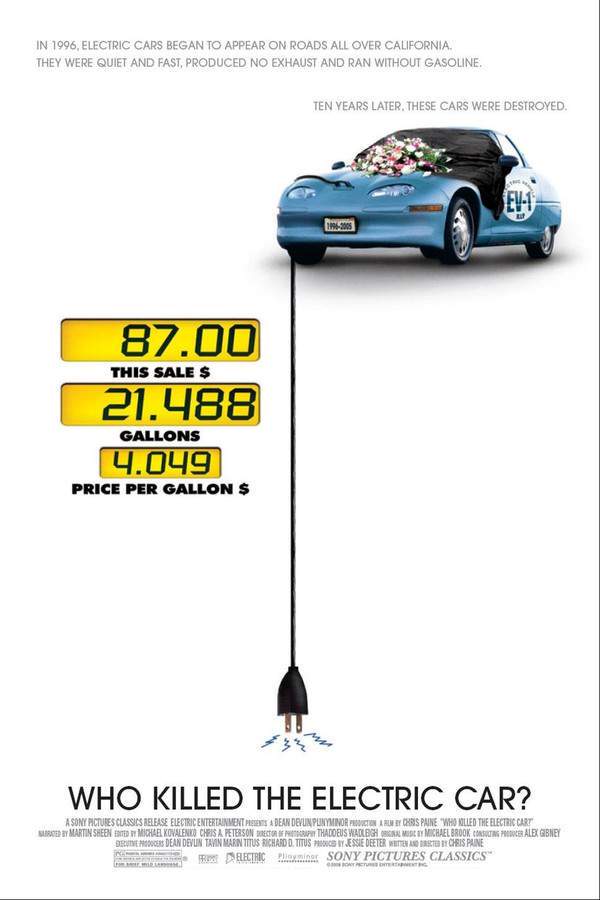
In 1997, General Motors introduced the EV-1, an innovative electric car that challenged traditional automotive design. Offering zero emissions and eliminating the need for gasoline, oil, or routine maintenance, it appeared to be an ideal vehicle. However, just six years later, GM unexpectedly recalled and dismantled the entire fleet. This documentary explores the story behind the EV-1’s brief existence and investigates the reasons for its sudden disappearance, raising questions about the future of electric vehicles.
Does Who Killed the Electric Car? have end credit scenes?
No!
Who Killed the Electric Car? does not have end credit scenes. You can leave when the credits roll.
Meet the Full Cast and Actors of Who Killed the Electric Car?
Explore the complete cast of Who Killed the Electric Car?, including both lead and supporting actors. Learn who plays each character, discover their past roles and achievements, and find out what makes this ensemble cast stand out in the world of film and television.
External Links and Streaming Options
Discover where to watch Who Killed the Electric Car? online, including streaming platforms, rental options, and official sources. Compare reviews, ratings, and in-depth movie information across sites like IMDb, TMDb, Wikipedia or Rotten Tomatoes.
Ratings and Reviews for Who Killed the Electric Car?
See how Who Killed the Electric Car? is rated across major platforms like IMDb, Metacritic, and TMDb. Compare audience scores and critic reviews to understand where Who Killed the Electric Car? stands among top-rated movies in its genre.

70
Metascore
6.0
User Score


%
TOMATOMETER

0%
User Score
Take the Ultimate Who Killed the Electric Car? Movie Quiz
Challenge your knowledge of Who Killed the Electric Car? with this fun and interactive movie quiz. Test yourself on key plot points, iconic characters, hidden details, and memorable moments to see how well you really know the film.
Who Killed the Electric Car? Quiz: Test your knowledge on the documentary 'Who Killed the Electric Car?' and explore the complex events surrounding the rise and fall of electric vehicles in America.
What year did electric cars begin appearing on California roads?
1990
1996
2001
2006
Show hint
Awards & Nominations for Who Killed the Electric Car?
Discover all the awards and nominations received by Who Killed the Electric Car?, from Oscars to film festival honors. Learn how Who Killed the Electric Car? and its cast and crew have been recognized by critics and the industry alike.
12th Critics' Choice Awards 2007
Best Documentary Feature
Full Plot Summary and Ending Explained for Who Killed the Electric Car?
Read the complete plot summary of Who Killed the Electric Car?, including all major events, twists, and the full ending explained in detail. Explore key characters, themes, hidden meanings, and everything you need to understand the story from beginning to end.
In 1996, a new wave of electric vehicles (EVs) surged onto the roads of California, capturing the imagination of a public that craved innovation. These modern marvels operated silently and swiftly, free from the pollutive grasp of gasoline, marking a promising step towards sustainable transportation. However, the optimism faded, and nearly a decade later, these advancements had all but vanished, leading to the question: Who really killed the electric car?
‘Who Killed the Electric Car’ is a gripping documentary that delves into the intricate narrative surrounding the rise and fall of the electric vehicle from the early 1990s to 2006. Directed by Chris Paine, the film combines insightful interviews and rich archival footage featuring over 65 individuals intimately connected to this enigmatic saga. Paine masterfully sets the stage with a retrospective look at the origins of electric cars, dating back to the twentieth century, and recounts how initial innovations were ultimately overshadowed by the advent of gasoline-powered internal combustion engine (ICE) vehicles, which proved to be less expensive.
As the film progresses, it highlights the dire consequences brought on by traditional gasoline vehicles, illustrated by smog, skyrocketing asthma rates in children, harmful carbon dioxide emissions, and the severe ramifications of climate change. The documentary also alludes to the U.S. military’s involvement in Middle Eastern conflicts, an issue that is noticeably overlooked in relation to the mounting costs in both human lives and finances.
The narrative shifts to 1987, when General Motors made headlines by winning the World Solar Challenge with their solar-powered car, the SunRaycer. This victory prompted then-CEO Roger Smith to challenge the design team to create a practical electric vehicle, leading to the inception of the Impact in 1990. Up until this point, the state’s Air Resources Board (CARB) had identified a pressing need for cleaner vehicles and enacted the Zero Emissions Vehicle (ZEV) Mandate in 1990. This legislation mandated that automotive manufacturers sell a progressively increasing number of zero-emission vehicles, leaving them with no substantial choice but to either comply or resist—a dual strategy they ultimately employed.
The documentary meticulously reveals the insidious tactics employed to stifle the growth of electric vehicles. Oil companies stood to lose a significant profit margin if electric vehicle sales escalated, and they conspired with others to undermine the movement. In 1996, GM initiated a leasing program for the EV1, its first electric production vehicle, while other manufacturers followed suit by converting existing models into electric variants for lease. However, despite overwhelming potential, the board at GM showed little faith in the car’s success, dismissing it as unprofitable due to high development costs and the absence of a lucrative maintenance revenue model less prevalent among electric vehicles.
The documentation underscores the poor battery technology, particularly the substandard Delco lead-acid batteries installed in the EV1, as a critical failure point. Furthermore, the marketing strategies employed were viewed as disingenuous, aiming to deter public interest rather than promote the benefits of the vehicle. The car companies countered claims advocating for renewable resources, arguing that using coal electricity for EVs would generate more pollutants than gasoline; however, experts swiftly rebutted this assertion.
Throughout the story, Alan Lloyd’s tenure as chair of CARB comes under scrutiny as he influenced significant weakening in the ZEV Mandate’s requirements, endorsing unproven hydrogen fuel cell technology while sidelining electric battery innovations that were already proving successful. As the federal government and oil lobby pressured the state to terminate the ZEV Mandate, the narrative starkly details how automakers began to shut down EV programs in 1999, shifting focus towards more lucrative gas-guzzling vehicles like the Hummer.
With the expiration of EV leases in 2004, the mass destruction of electric vehicles commenced, symbolizing the erasure of an innovative venture from the public consciousness. Chris Paine hired a helicopter to document the devastating sight of around 50 crushed EV1s at GM’s Proving Ground. Public entities rallied against this unwarranted destruction, presenting protests and identifying potential buyers eager to revive the EV1 fleet, yet GM remained unresponsive to their overtures.
In an evaluative moment, the film examines various “suspects” involved in the demise of the EV, attributing guilt across the board—from oil companies to governmental entities, automotive corporations, and even misled consumers. In a sobering conclusion, the documentary reflects on the resiliency of electric vehicle technology that has once again begun to take shape in today’s market.
The plug-in hybrid vehicle emerges as a beacon of hope, championing efforts from varied political factions to promote clean energy solutions. With escalating oil prices, burdensome military engagements, and the urgent threat of global warming, there is a mounting desire to pivot away from fossil fuel reliance. New trends in electric vehicle production are on the rise, with companies exploring solar power and battery innovations unfettered by traditional oil industry constraints.
The film concludes with a poignant reflection from January 2006, as George Bush openly accepts, “America is addicted to oil,” leaving viewers with a pressing contemplation on the shift toward a cleaner, electric future.
Uncover the Details: Timeline, Characters, Themes, and Beyond!

Coming soon on iOS and Android
The Plot Explained Mobile App
From blockbusters to hidden gems — dive into movie stories anytime, anywhere. Save your favorites, discover plots faster, and never miss a twist again.
Sign up to be the first to know when we launch. Your email stays private — always.
Watch Trailers, Clips & Behind-the-Scenes for Who Killed the Electric Car?
Watch official trailers, exclusive clips, cast interviews, and behind-the-scenes footage from Who Killed the Electric Car?. Dive deeper into the making of the film, its standout moments, and key production insights.
Who Killed the Electric Car? Themes and Keywords
Discover the central themes, ideas, and keywords that define the movie’s story, tone, and message. Analyze the film’s deeper meanings, genre influences, and recurring concepts.
Who Killed the Electric Car? Other Names and Titles
Explore the various alternative titles, translations, and other names used for Who Killed the Electric Car? across different regions and languages. Understand how the film is marketed and recognized worldwide.
Similar Movies To Who Killed the Electric Car? You Should Know About
Browse a curated list of movies similar in genre, tone, characters, or story structure. Discover new titles like the one you're watching, perfect for fans of related plots, vibes, or cinematic styles.
Quick Links: Summary, Cast, Ratings, More

What's After the Movie?
Not sure whether to stay after the credits? Find out!
Explore Our Movie Platform
New Movie Releases (2025)
Famous Movie Actors
Top Film Production Studios
Movie Plot Summaries & Endings
Major Movie Awards & Winners
Best Concert Films & Music Documentaries
Movie Collections and Curated Lists
© 2025 What's After the Movie. All rights reserved.




